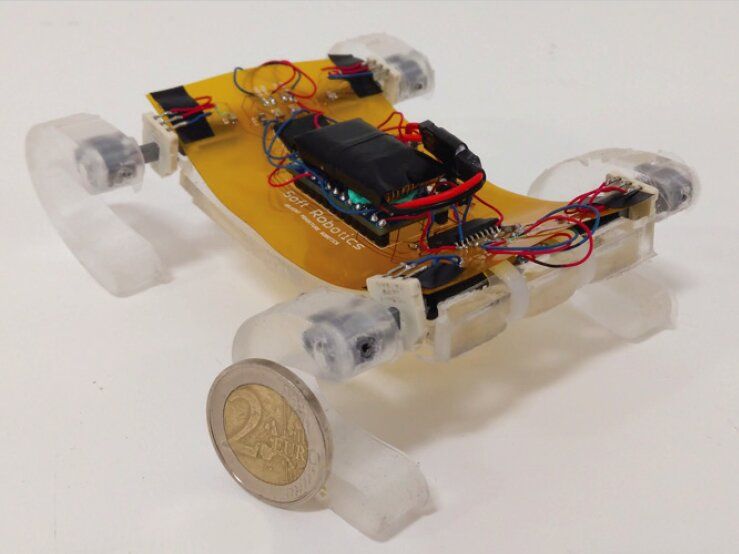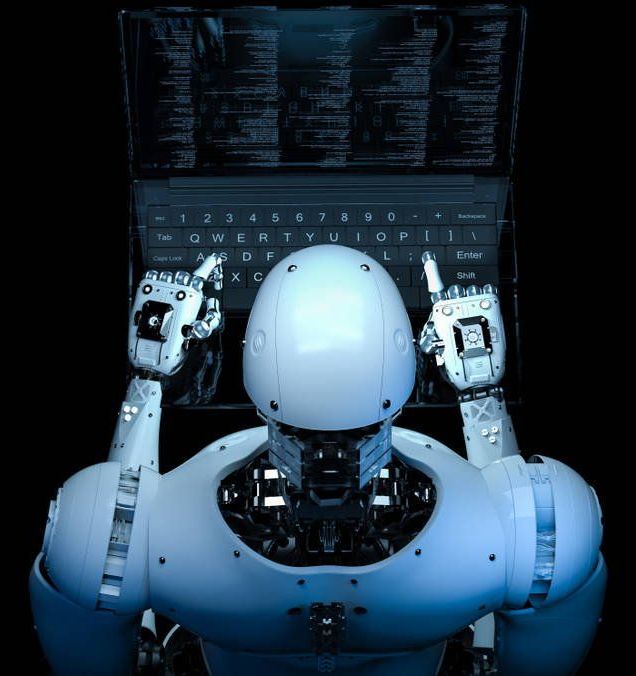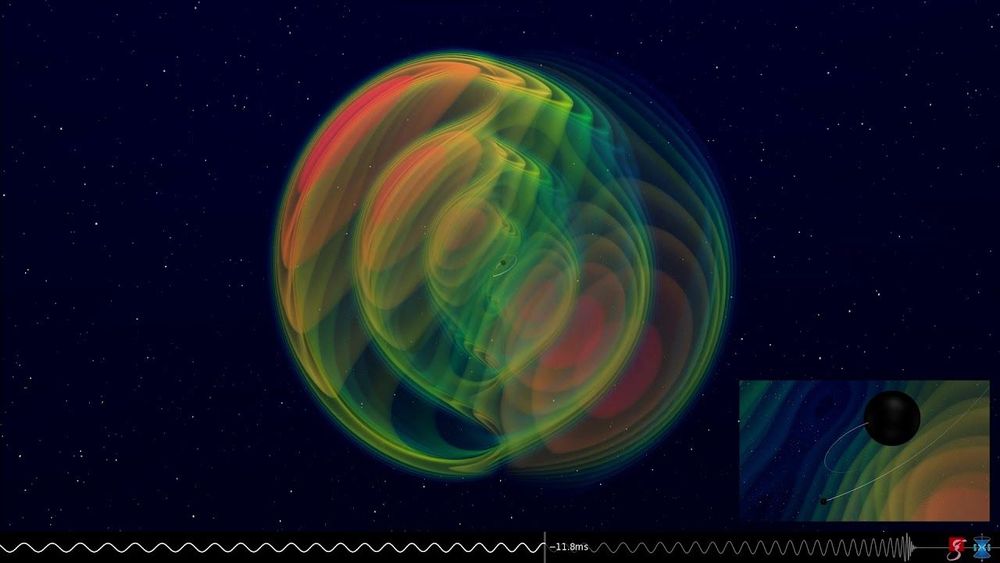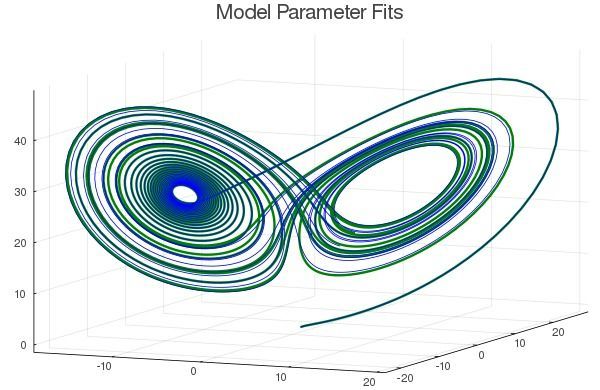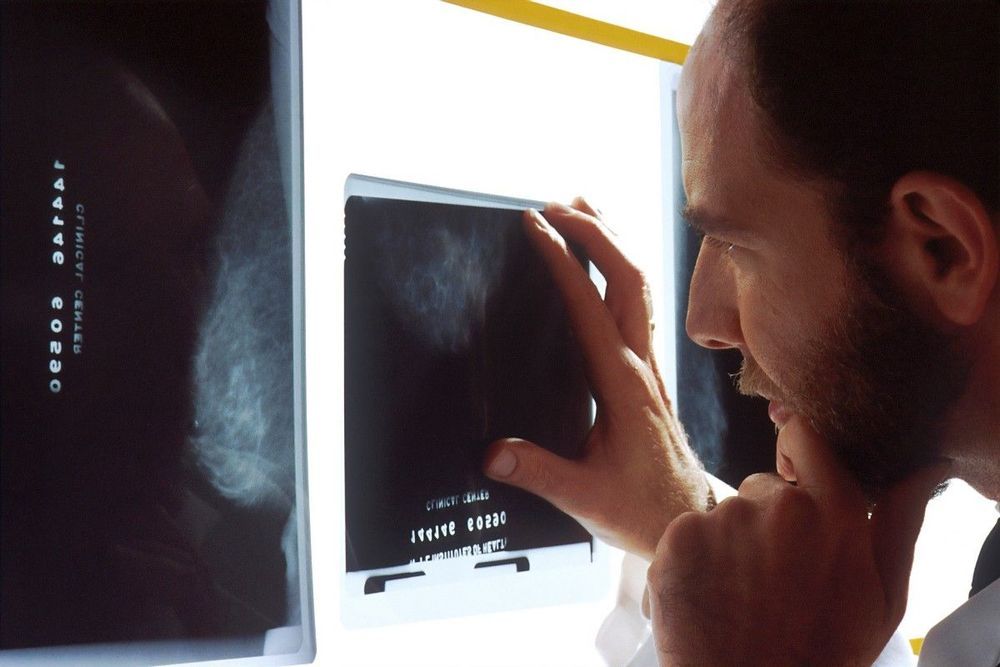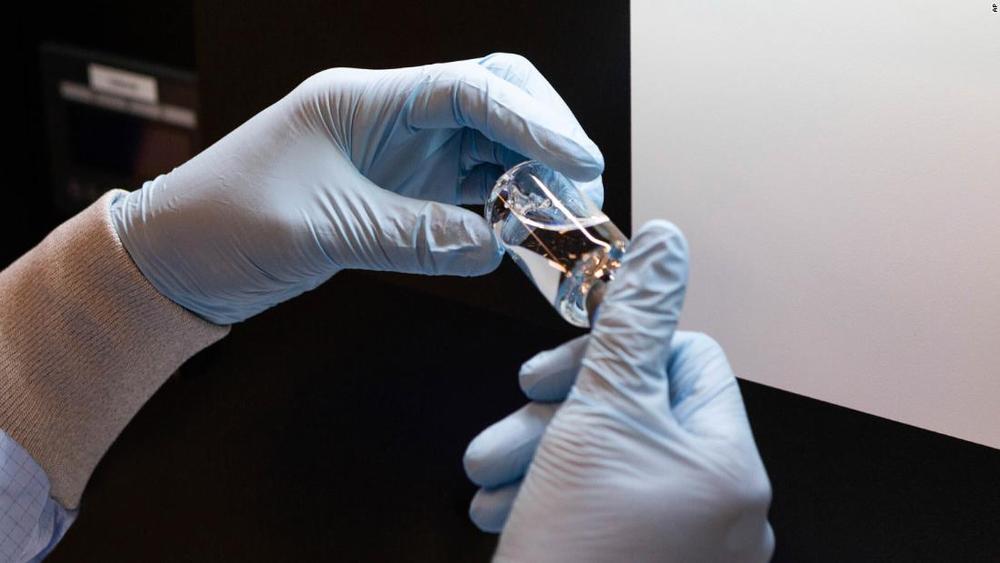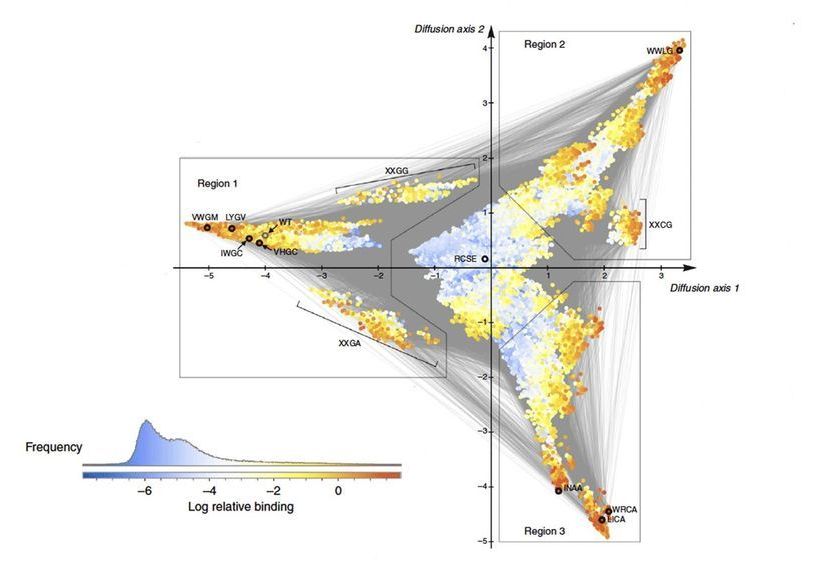Apr 26, 2020
SQuad: A miniature robot that can walk and climb obstacles
Posted by Saúl Morales Rodriguéz in categories: materials, robotics/AI
Researchers at Bilkent University in Turkey have recently created a small quadruped robot called SQuad, which is made of soft structural materials. This unique robot, presented in a paper published in IEEE Robotics and Automation Letters, is more flexible than existing miniature robots and is thus better at climbing or circumventing obstacles in its surroundings.
“We have been working on miniature robots for almost a decade now,” Onur Ozcan, one of the researchers who carried out the study, told TechXplore. “Even though miniature robots have many advantages, such as being cheap, as they require fewer materials, and the ability to access confined spaces, one of their major drawbacks is their lack of locomotion capabilities, especially on uneven terrain.”
Tiny robots tend to get stuck easily while moving in the surrounding environment, as their height does not allow them to climb or avoid obstacles. Ozcan and his colleagues tried to overcome this limitation by implementing a principle known as ‘body compliance.”
